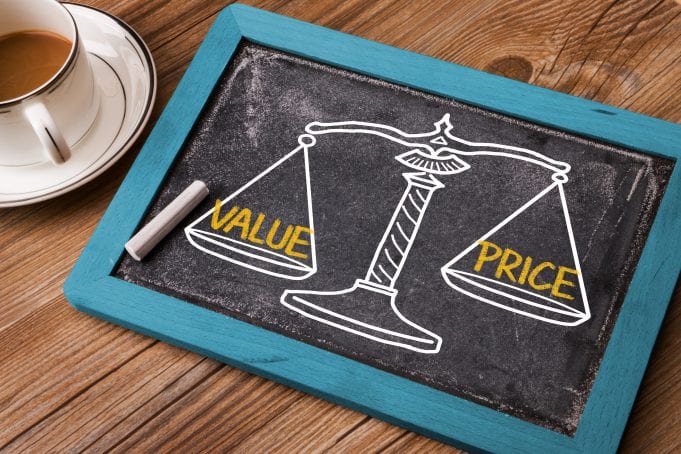Profitability is the primary goal of any business. It is essential to know how to calculate the pricing of your products and services so you can get the highest possible gains from them.
Several factors should be put into consideration to maximize profit. Read on below for all you need to know about computing the maximum profit you can get from your products and services.
How To Maximize Profit From Your Products And Services
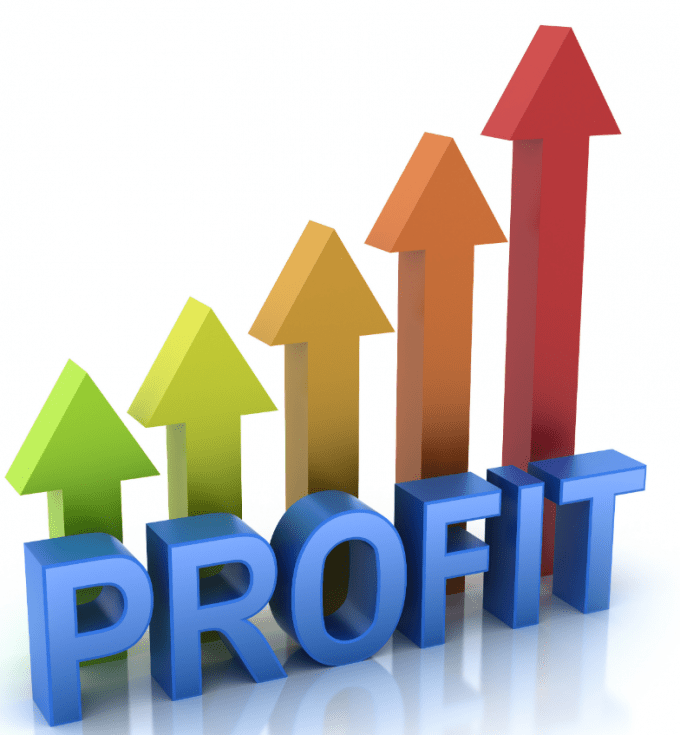
To truly achieve your highest possible profits, you will need to experiment with different price levels.
First, select a reasonable amount to sell your product using the base market price. Assuming the base market price for your commodity is $19.50, you may charge $20 for yours and expect to process 1000 delivery orders in a week. If the total cost of one product (including shipping) is $5, then, your profit every week will be $15 x 1000 or $15000. Take note of this number.
Next, go for a higher price and reduce the number of sales accordingly. Say, you choose $30 per item; your order request may be halved due to competition. Your revenue per week, then, becomes $25 x 500 or $12500. In this case, your income drops even though your pricing is higher. Note the gains you make here.
Try a much lower price and increase the number of sales. If you sell at a low price of $10, you will expect to have sleepless nights on some days of the week attending to order requests. Imagine the order doubles. Your income this time becomes $5 x 2000 or $10000. Your earnings are lower despite the higher demand. Record your calculated profits, too.
Continue adjusting the variables in comparison with the reality of your market till you find the one that genuinely maximizes your profit.
More Tips To Maximize Profit
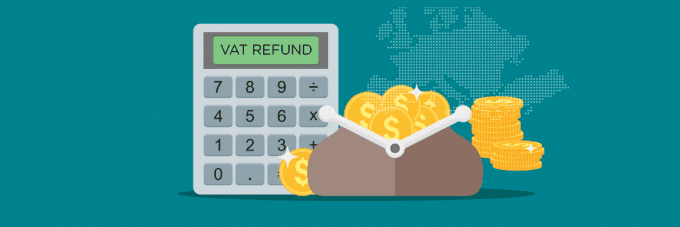
- Offer Upsells/Cross-Sells
You can make more income by cross-selling or upselling other goods during a transaction.
- Business VAT Recovery
When you register your business for value-added tax (VAT), you are required to charge VAT on all your goods and services. An advantage of being VAT registered is that you have the opportunity to reclaim the VAT on all the products and services your business purchases.
One of the tools you can use for your business VAT recovery is VatBox. VatBox combines the use of AI tools to monitor your transactions, as well as analyze your invoices and business data for a seamless, automated VAT recovery process.
- Making Best Use Of The Internet
Through digital marketing, you can get even many more leads that can translate into recurring customers, which will skyrocket your business income.
Things To Consider When Setting Your Price

Product Value
It is highly imperative to measure the value against cost when creating a pricing strategy. You should first put into consideration what your services will offer your clients. You do not want to charge more than what you are providing your consumers. Doing so puts you at risk of losing them to the competition that offers a cheaper similar option.
There are ways to find out whether or not you are charging more than the value you are providing your clients. You can ask them to tell you how their businesses have been more profitable ever since they started using your services. Also, keeping track of the results your clients are getting is another way to know your value.
Customer Lifetime Value
You need to assess your potential and one-time consumers critically. Are they likely to make repeat purchases? Are they likely to bring in more buyers? You may want to sell at a low price or even at a loss initially to a buyer who is expected to be loyal and may even refer your business to other paying customers.
Also, if your upselling and cross-selling strategies are strong enough, you may want to consider selling loss leaders. This may eventually prove to be a profitable long-term business strategy.
Market Share
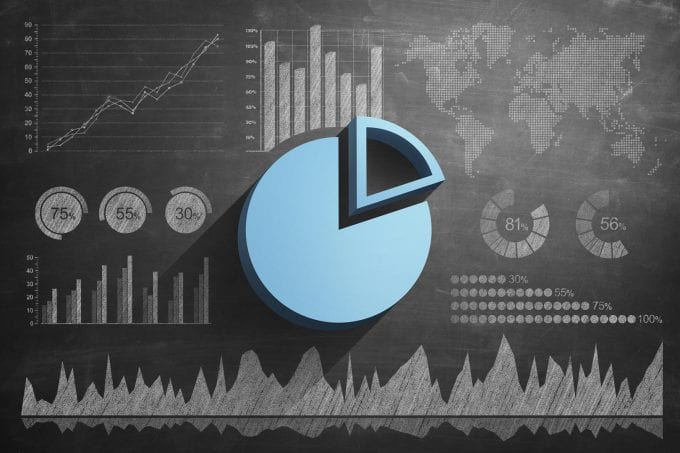
To maximize your profits in the long run, you may have to give up your short-term gains to earn more market share. When you cut prices, you attract publicity and increase customer loyalty. This heightened brand awareness can be highly advantageous to you in a competitive market.
Competition
You face the risk of losing leads and already established buyers if your charges are exorbitant. The competition will quickly overtake you with lesser pricing. If you are running a business that has little competition, you can afford to charge reasonably high rates.
Brand
This can work out in two opposite ways. First, you may decide to offer your products at very high rates if they are deemed luxurious. This can highly maximize your profit and even strengthen your brand image.
On the other hand, frequently raising your prices may be detrimental as you may be labeled overpriced or greedy. This leaves a wrong impression, and you may never regain the confidence of the market even after cutting your prices.
Developing Your Pricing Strategy
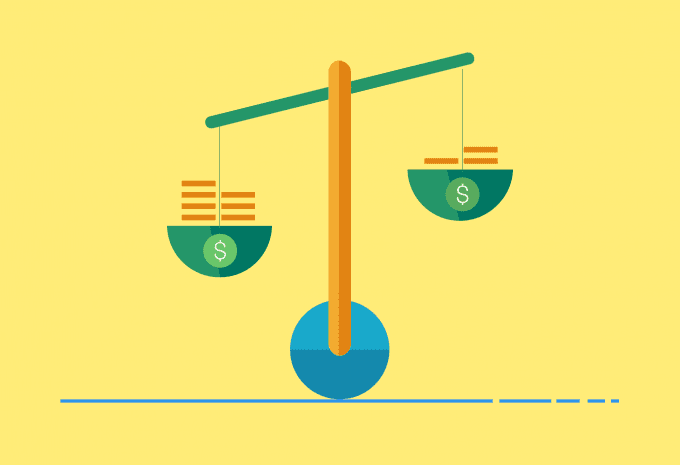
There are three things you need to develop in order for you to come up with an effective pricing strategy: knowing the cost, deducing the value, and setting the price.
Identifying The Cost
Many elements make up the cost of providing your solutions or physical goods–supplies, labor hours, direct management expenses, marketing strategies, etc. Once you can come up with a number, you can determine if you are making a profitable ROI on a particular commodity. This will help you identify if it is successful or not.
Deducing The Value
It is a cost-effective strategy to measure the value against the cost of your pricing. You should know the impact your commodity is making on your consumers.
You can take quick surveys to identify these, or you can ask your clients to give you testimonials. When you set your price according to the worth of your goods, putting real cost into consideration as well, you’re on the right track to making decent gains.
Setting The Price
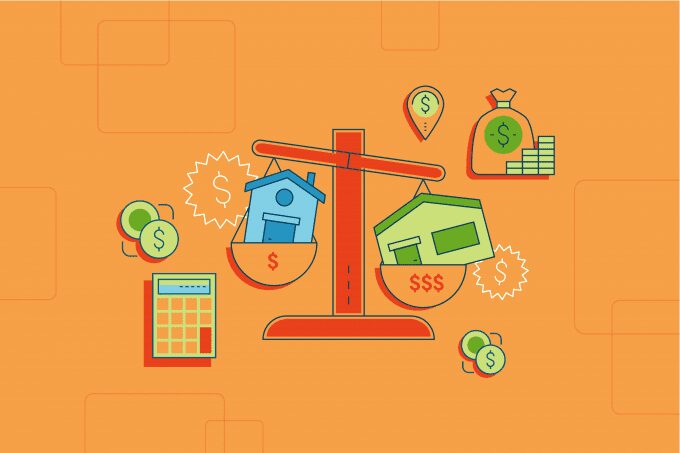
There are many methods you can use to get customers to pay for your commodities regardless of the amount. You can use psychological pricing.
Tagging a $100 product at $99.99 makes consumers more likely to purchase it. On the surface, both amounts are basically the same, but people’s subconscious minds have a way of favoring the seemingly lesser option.
Another psychological pricing technique is price anchoring. Here, you place your set price beside a much higher one. This makes consumers feel like they have your product at a very low cost. Other techniques include charm pricing and decoy pricing.
Conclusion
No two businesses are exactly alike, and what works for each of them will have slight variations. The same applies to calculate the maximum profit you can get from your products and services. However, the tips in this article, such as experimenting with price levels, developing a pricing strategy, making the best use of the Internet, and business VAT recovery, should put you on the right path in developing the strategy that will be most profitable for your business.

